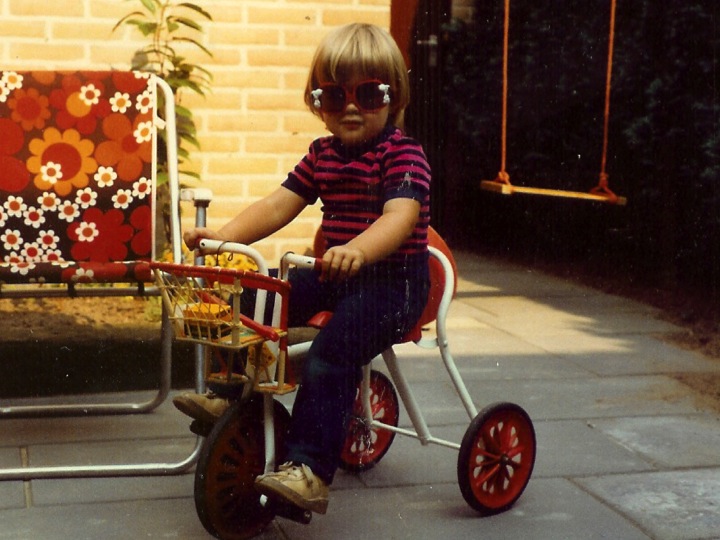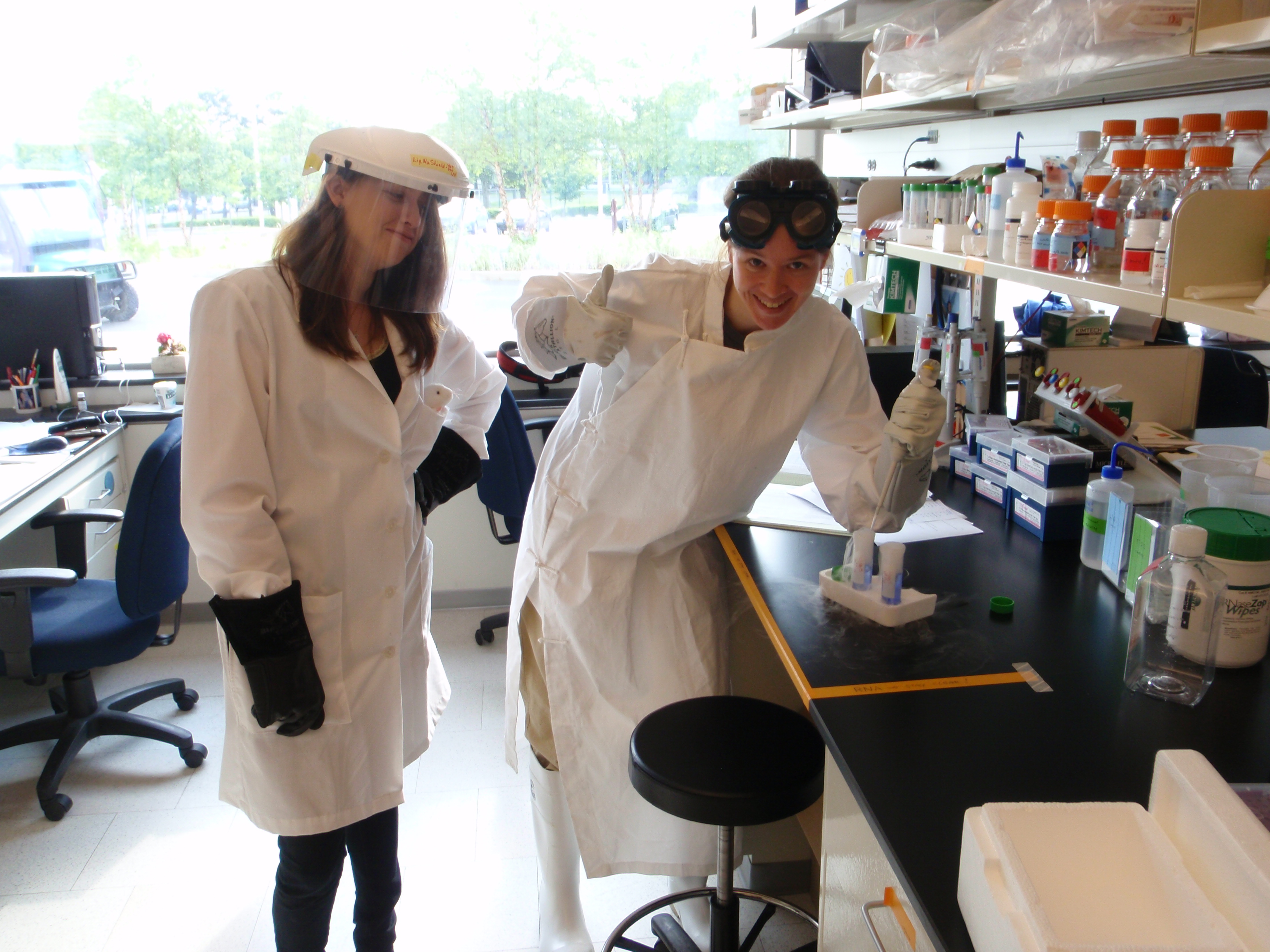Have you ever asked a three-year-old girl what she wants to be when she grows up? Princess, mommy, ballet dancer… my answer has always been professor. This used to raise laughs and get me ‘oh isn’t she adorable’ looks, but I never gave up on my dream. And as I got older, somewhat to my surprise, people actually started to take me seriously.
I have always been intrigued by the inner workings of the human brain, what goes on inside our heads that makes that we can lift that thing dangling from our shoulder and shake it around feverishly when we want to say hi to someone. And at the other end, what goes wrong with such devastating effects in mental disorders. My interest only grew stronger during my undergraduate studies. I still remember the first time I ever set foot in a real laboratory, my biggest wish as a kid because it is the coolest place ever, I was so overwhelmed I nearly fainted [not kidding]. My first research project gave me the opportunity to be part of research to develop antidepressant treatments at a pharmaceutical company (Organon, UK [now Merck]). This experience inspired me to pursue a master’s degree in neuroscience, where I learned all sorts of amazing things; tiny little worms (nematodes to be precise; Caenorhabditis elegans = related to Greek words for recent rod-like elegant) and fruit flies (Drosophila melanogaster = related to Greek words for dark-bellied dew lover) are widely used to learn more about human brain functioning, our aorta (largest artery in the human body) is the size of a garden hose, we share about 50% of our DNA with bananas, and much, much more.
I was fortunate to be awarded my PhD by University College London (UK) based on research performed in close collaboration with the Laboratory of Neurogenetics at the National Institutes of Health (USA), where most of my work was carried out. I used to love to walk around the NIH campus taking in the many buildings, realizing that every one them was stacked with scientists trying to find cures for an immensely diverse range of disorders. And I got to be a part of that. The best moment was when I had my first look of the data that showed a mutation in ITPR1 (inositol 1,4,5-triphosphate receptor, type 1) was causative of an ataxic movement disorder (SCA15) in an Australian family. I immediately jumped up and ran through the lab to my supervisor’s office to share the news; we found it. The gratitude from the family, the relieve they felt now they finally understood what was causing their troubles, has left a lasting impression. None of this would have been possible were it not for the collaborative spirit of my supervisors. Something I plan to keep with me throughout my career; sharing curiosity, facilities and knowledge with whomever is interested.
Currently I am a postdoctoral fellow at the Neural Stem Cell Institute (USA) and I study cortical development by looking at gene expression levels throughout in vitro differentiation of pluripotent stem cells into cortical neurons, or as I like to say it; ‘I grow brains in a dish’. The highlight of my day is to stare at my cultures under the microscope. To see cells that have the potential to become any part of the human body transform into neurons that go on to form the most intricate of networks is absolutely amazing, and all that in a little plastic dish. [I have included some images below to give you a taste of what I am talking about.]
Looking to the future I want to use the experiences I have gathered over the years to keep pursuing a better understanding of the human brain, to ultimately better the lives of people suffering from psychiatric disorders.
What do I want to do when I grow up?
Spend my time in the coolest place on earth, a laboratory.
– Joyce Van de Leemput, Ph.D
PS. If your biggest wish is to visit a laboratory and meet a real-life scientist, do get in touch. I don’t want you to have to wait till you go to college, like I had to.




Hoi Joyce,
leuk om te lezen.!
Groet
Jos